Gallery Hyundai wants to bring Korea to the world, and vice versa
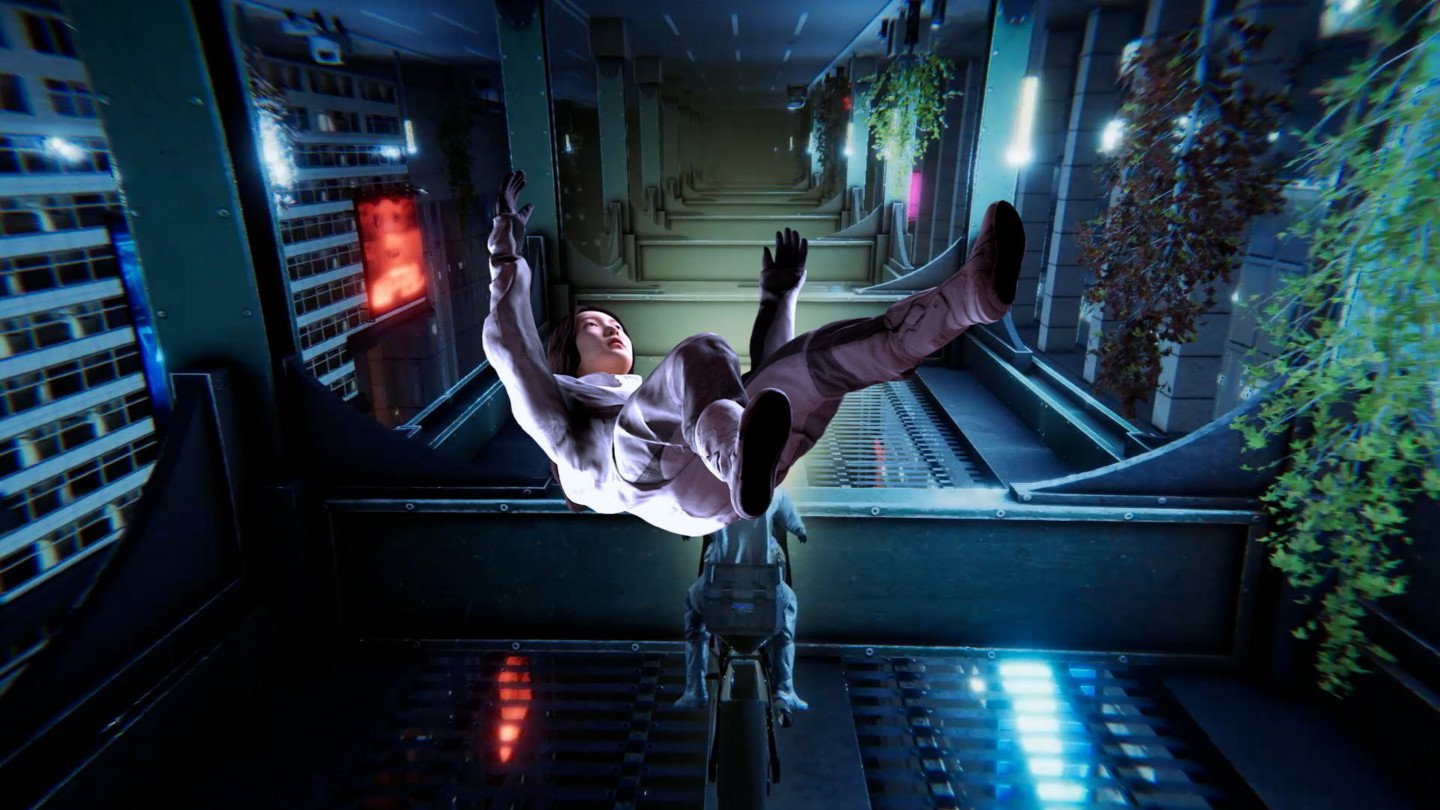
Roula Khalaf, Editor of the FT, selects her favourite stories in this weekly newsletter.
In April 1970, in central Seoul, on a bustling street filled with thrift shops, curious visitors walked into Hyundai Hwarang (Gallery Hyundai). They were there to see a new exhibition of the paintings and calligraphy of 41 contemporary Korean artists, but the boldest opening was the gallery itself, the project of Park Myung-ja, a petite lady in her late twenties with two young children.
Undergoing a wave of sociopolitical turbulence after the Korean war, Korea was not a rich nation and hardly the best environment for an art gallery to flourish. There were only three galleries in Seoul that concentrated on selling art, rather than dealing with antiques, embroidery or framing services, but Park had had a solid grounding at one of them, Bando Hwarang, known as Korea’s first commercial gallery and “a space that played a role as a private club for contemporary artists”, says her son, and the current gallery president, Do Hyung-Teh.
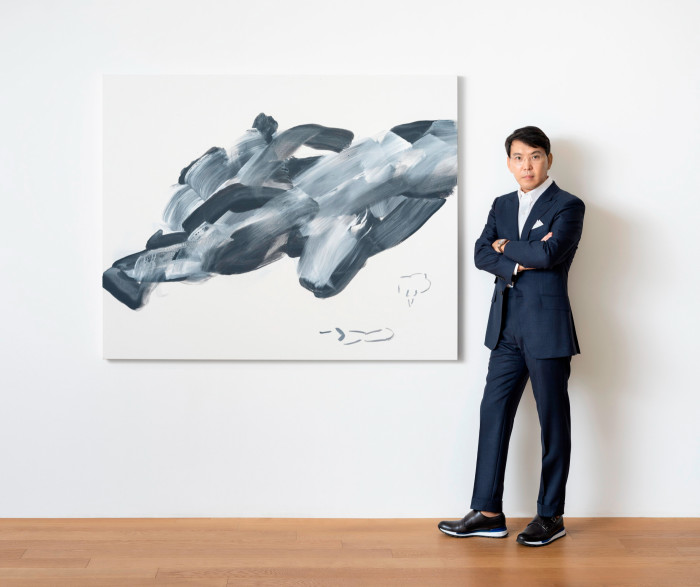
Do considers a retrospective exhibition of Lee Jung-Seob in 1999 emblematic of the gallery’s intent. While Lee now has a national reputation for paintings such as “White Ox” (1954), his work was receiving scant attention in the 1990s. Do says the exhibition was “focused solely on promoting the life of the artist and the world of art”. Similarly, Park had helped bring Korean abstract painting into modern and contemporary art history by presenting the work of artists such as Lee Ufan and Park Seo-Bo of the Dansaekhwa group in the 1970s and 1980s.
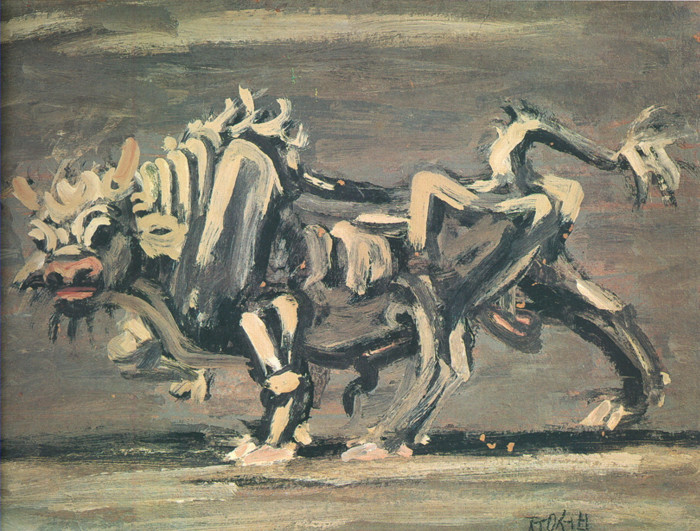
In the late 1980s, along with the Seoul Olympics and the liberalisation of overseas travel, Gallery Hyundai began showcasing artists working abroad, particularly those introduced to the gallery by its existing stable. For example, the gallery met Nam June Paik, probably the country’s best-known artist, through Kim Tschang-Yeul, who was studying in Paris, and in July 1990 Paik performed his quasi-shamanic ritual “À Pas de Loup” (“In the Steps of the Wolf”) in Hyundai’s rear garden. Showing international artists, such as Jean-Michel Basquiat in a 1997 exhibition, is a way of “investigating the position that Korean artists can occupy in global art history”, says Do.
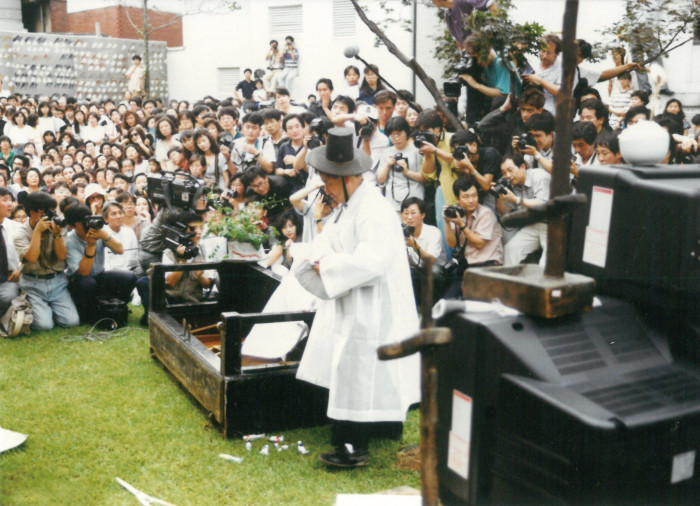
Although galleries publishing books and magazines are now commonplace, in 1973, when only a handful of visual art magazines existed, Hyundai launched Hwarang because the “artist’s statement and criticism with a theoretical background are desperately needed”, as Do says. It could also deliver Korean perspectives on art and the art world. The publication is now defunct, after decades in print, but Do has not let up on these efforts, establishing the Korean Research Institute of Contemporary Art in 2020, the gallery’s 50th anniversary, “to continue my mother’s legacy”. He intends to promote criticism of Korean artists so they become part of art-historical dialogues.
Do’s own artistic education was rich. “Since I was little, visiting the gallery every weekend to see exhibitions and meet artists has been a natural part of my life.” He studied fine art, art history and art conservation in New York, but had no position in a commercial gallery until 1997 — right before the Asian financial crisis swept the continent. In 1998, Do ran Gallery Hyundai’s booth at Art Basel and had to sell paintings “to survive”, he says. It was “a moment of awakening when I first faced the global art market system” — its pace and its force.
In the early 2000s, before leading Gallery Hyundai, Do ran gallery spaces doART (Seoul, Beijing) and 16 bungee (Seoul) and his trial-and-error experience in introducing emerging artists to audiences has become the basis for Gallery Hyundai’s recent programmes, which include much media art and avant-garde art.
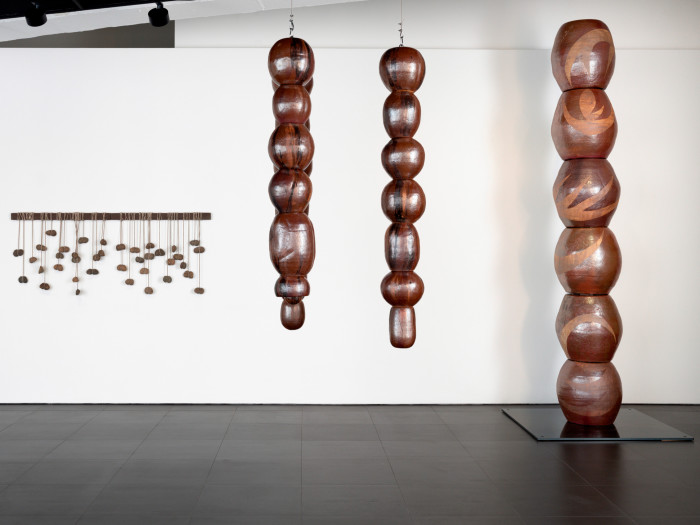
Do’s intent is evident in the gallery’s exhibitions during Frieze Seoul in September. At the gallery’s headquarters, Ayoung Kim, who had exhibited at 16 bungee, opens her solo exhibition Syntax and Sorcery. Kim, whose practice incorporates video, VR, sound, performance, the novel and text, tells the story of Ernst Mo, a fictional female delivery rider, and explores how algorithms dictate modern lives. For Frieze Masters, Hyundai mounts an exhibition of three Korean avant-garde artists and their stone works imbued with primitive and transcendent energy. The exhibition includes Lee Seung-taek’s Tied Stone series, where a rope draws together stones, transforming their original properties while revealing the stones’ organic sense of life.
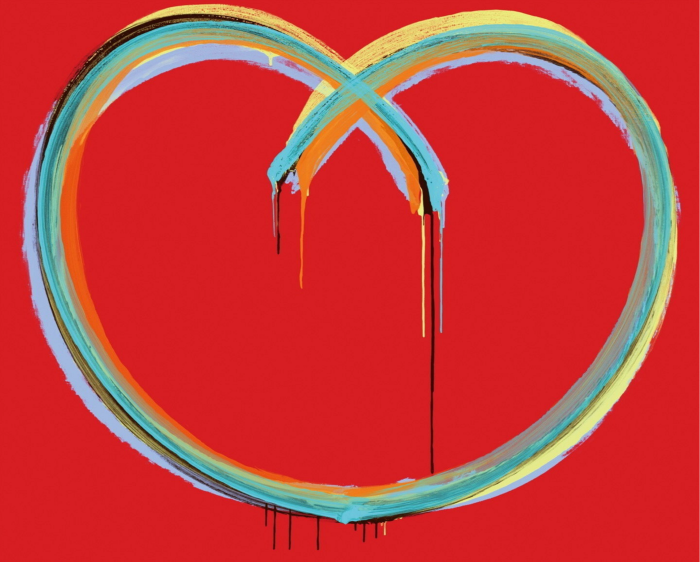
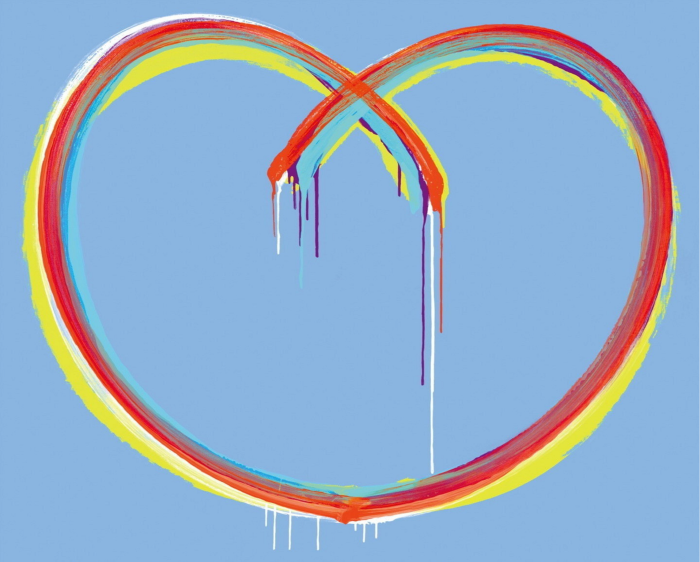
Do has his eye on forms of the future. He has launched an NFT project, a platform (still in beta) called Etnah, whose first drop was “Digital Bodyscape 76-3” by Lee Kun-Yong. “In addition to the functionality and scalability that NFT has, we paid attention to the technology because it is the most impactful tool to promote our artists to the global community,” says Do. Smiling, he adds, “just as video art became a genre of media art a few decades ago, we believe that NFT and digital art will be the same in the future. We aim to be at the forefront of the new stream, as we always did.”
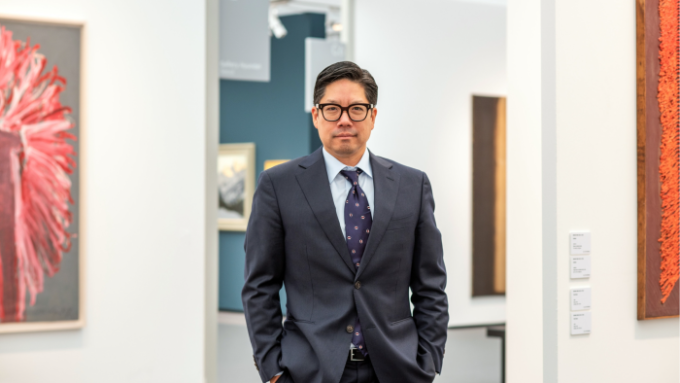
Comments